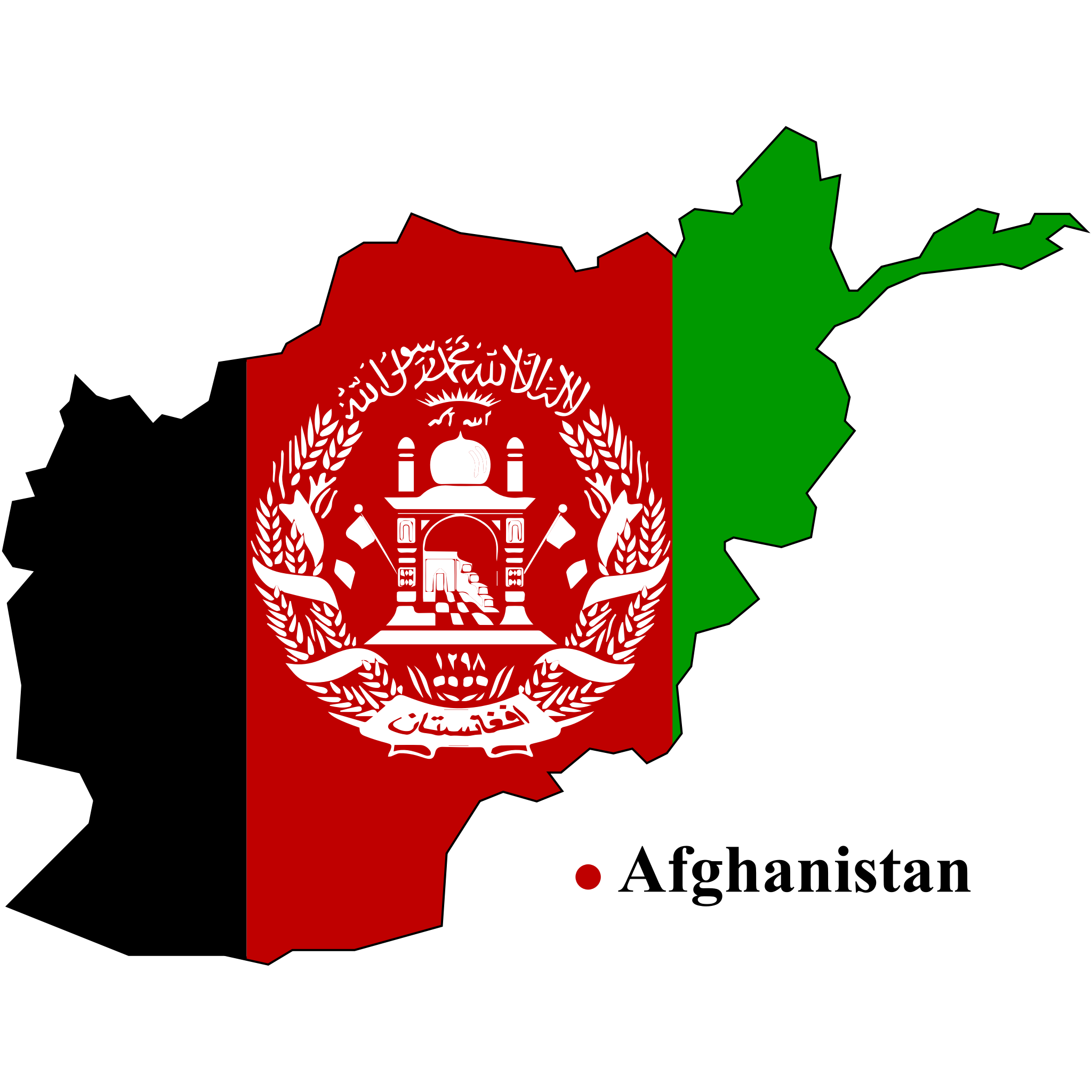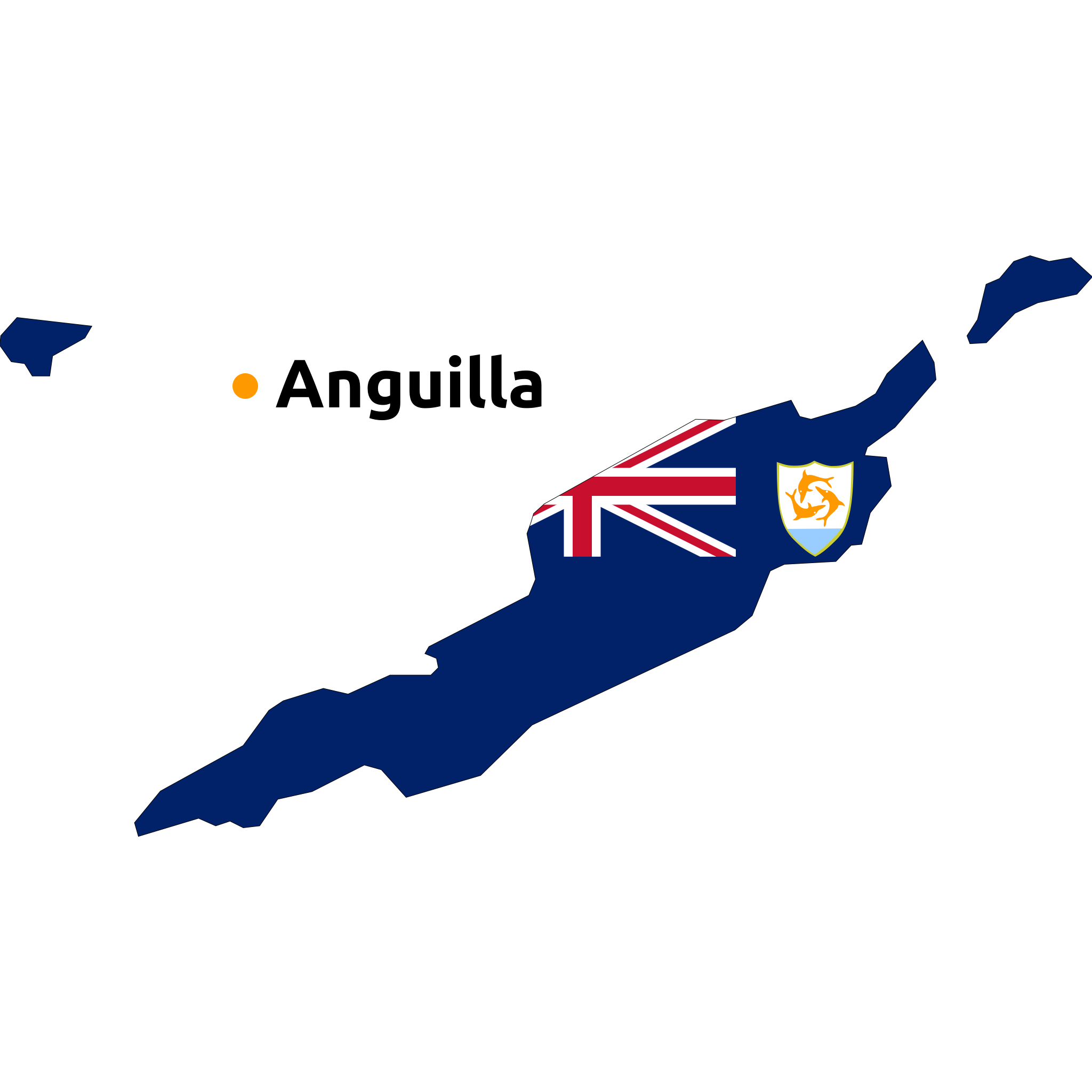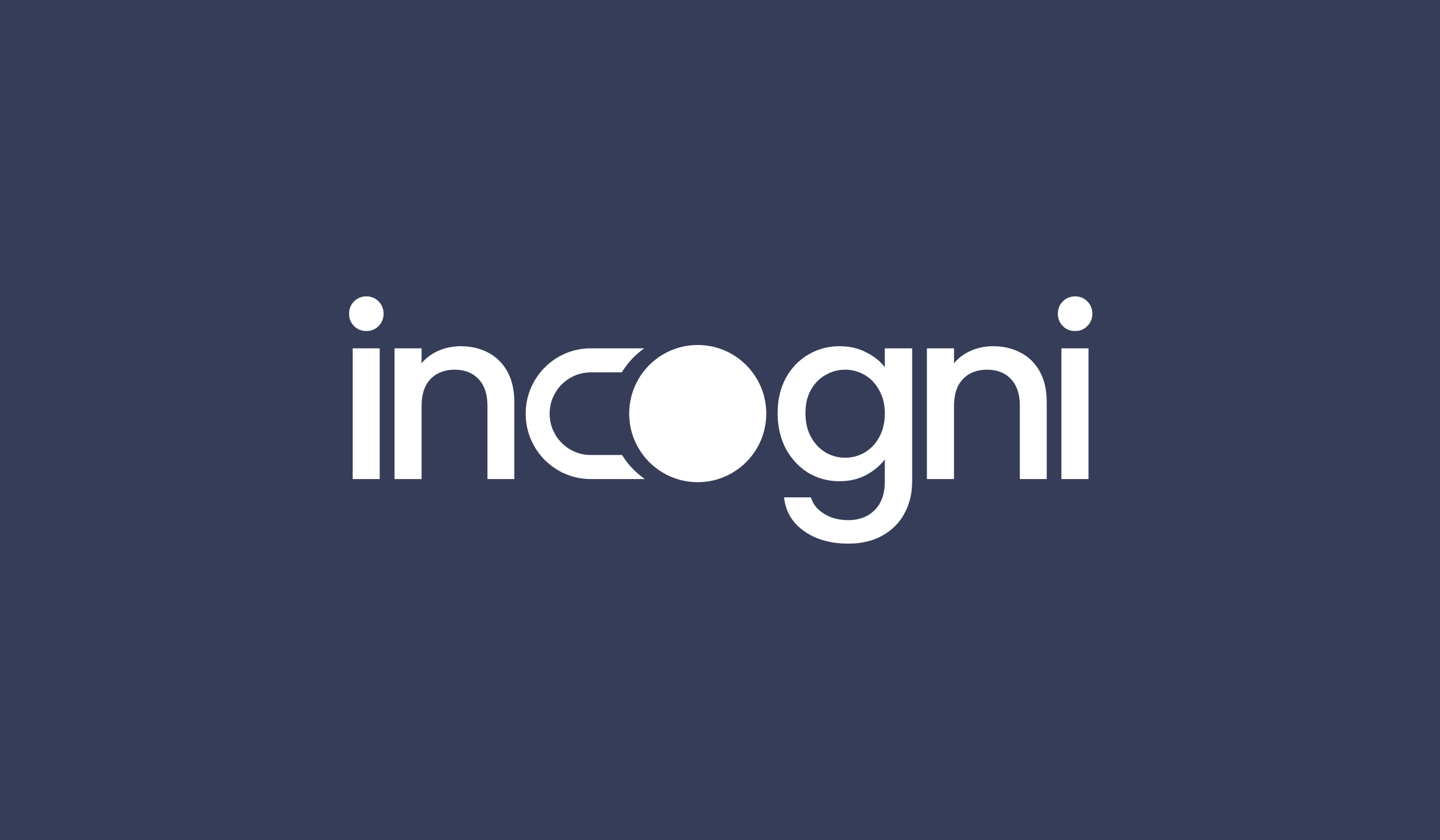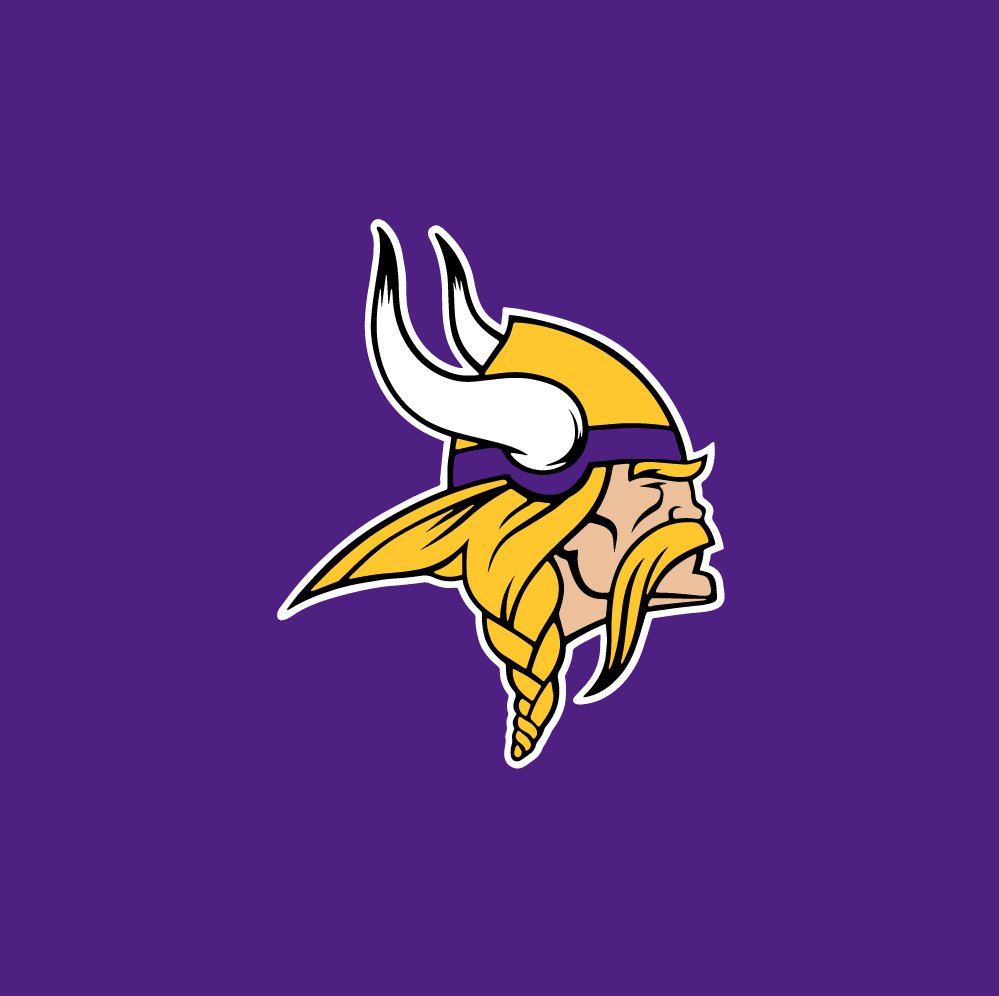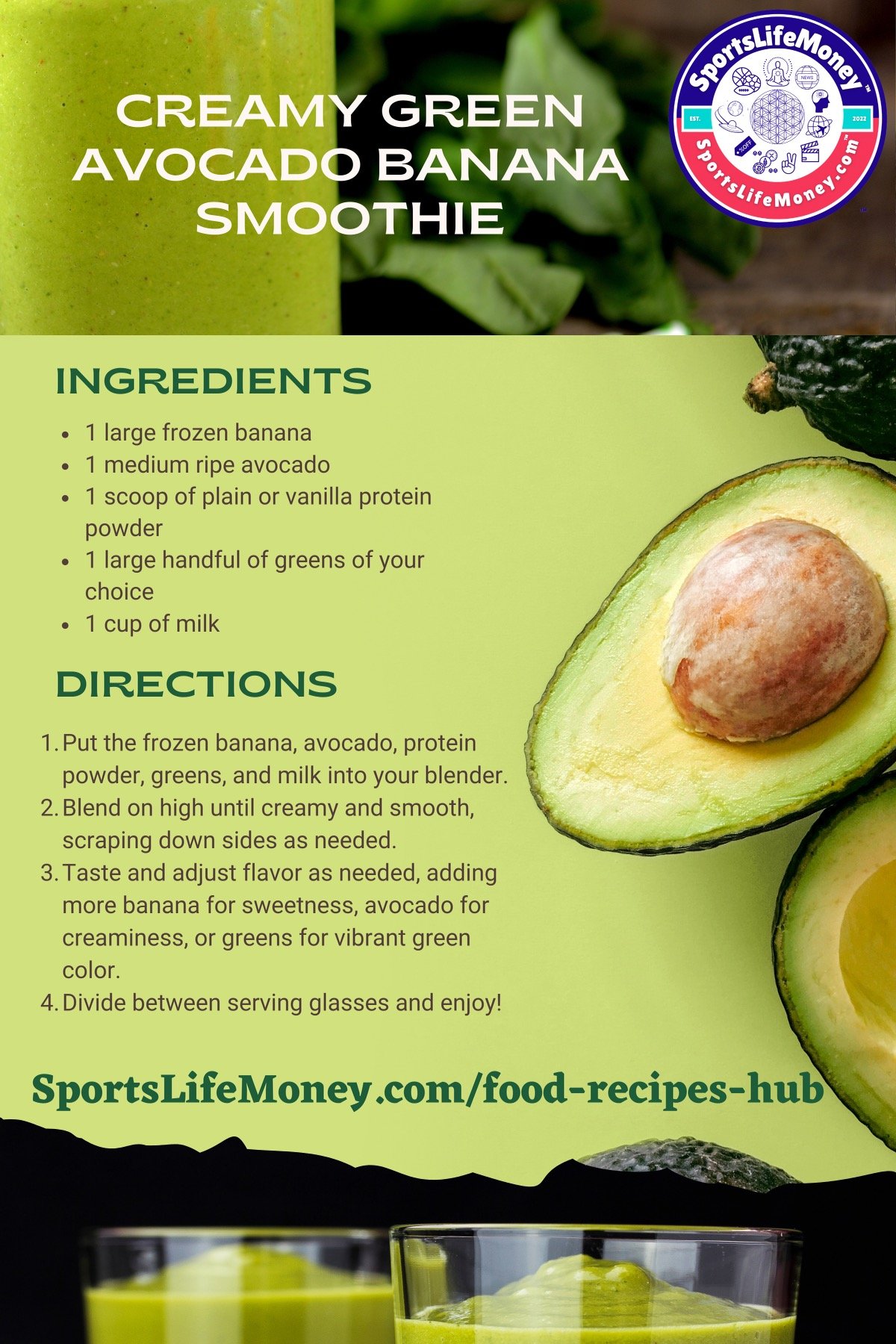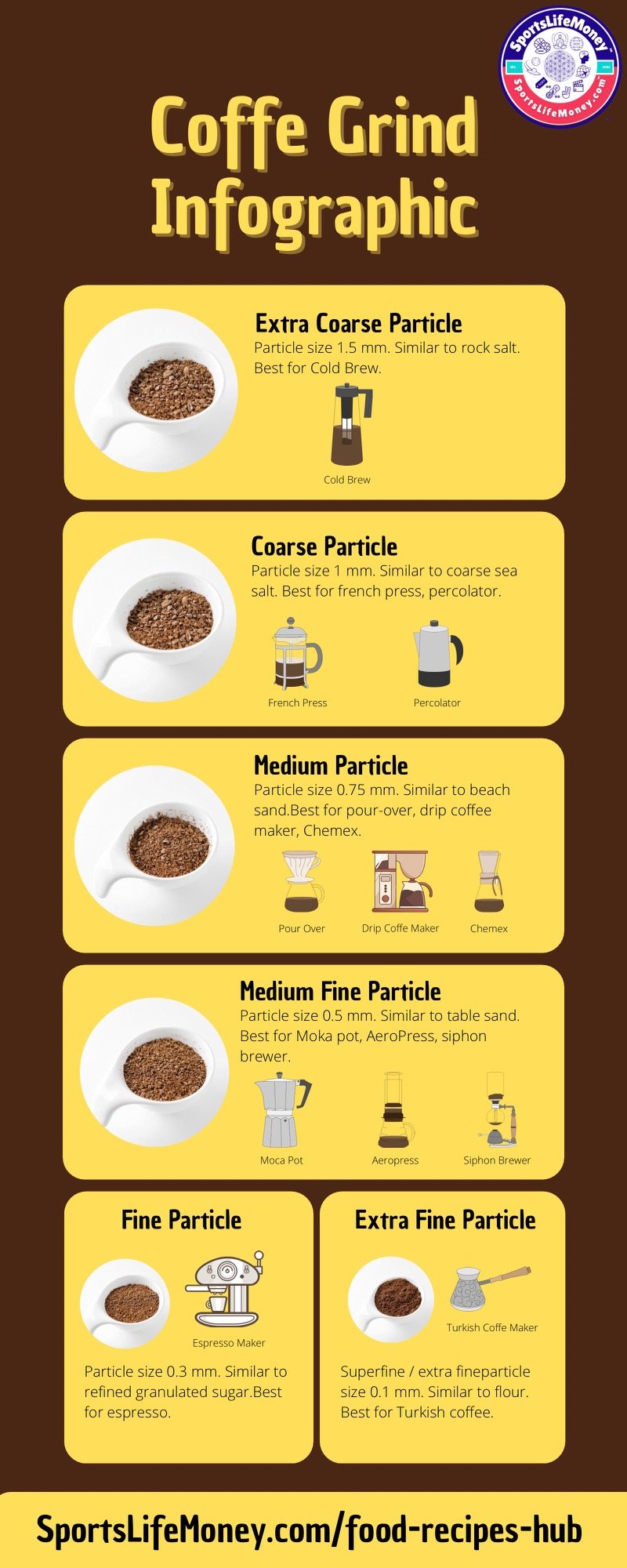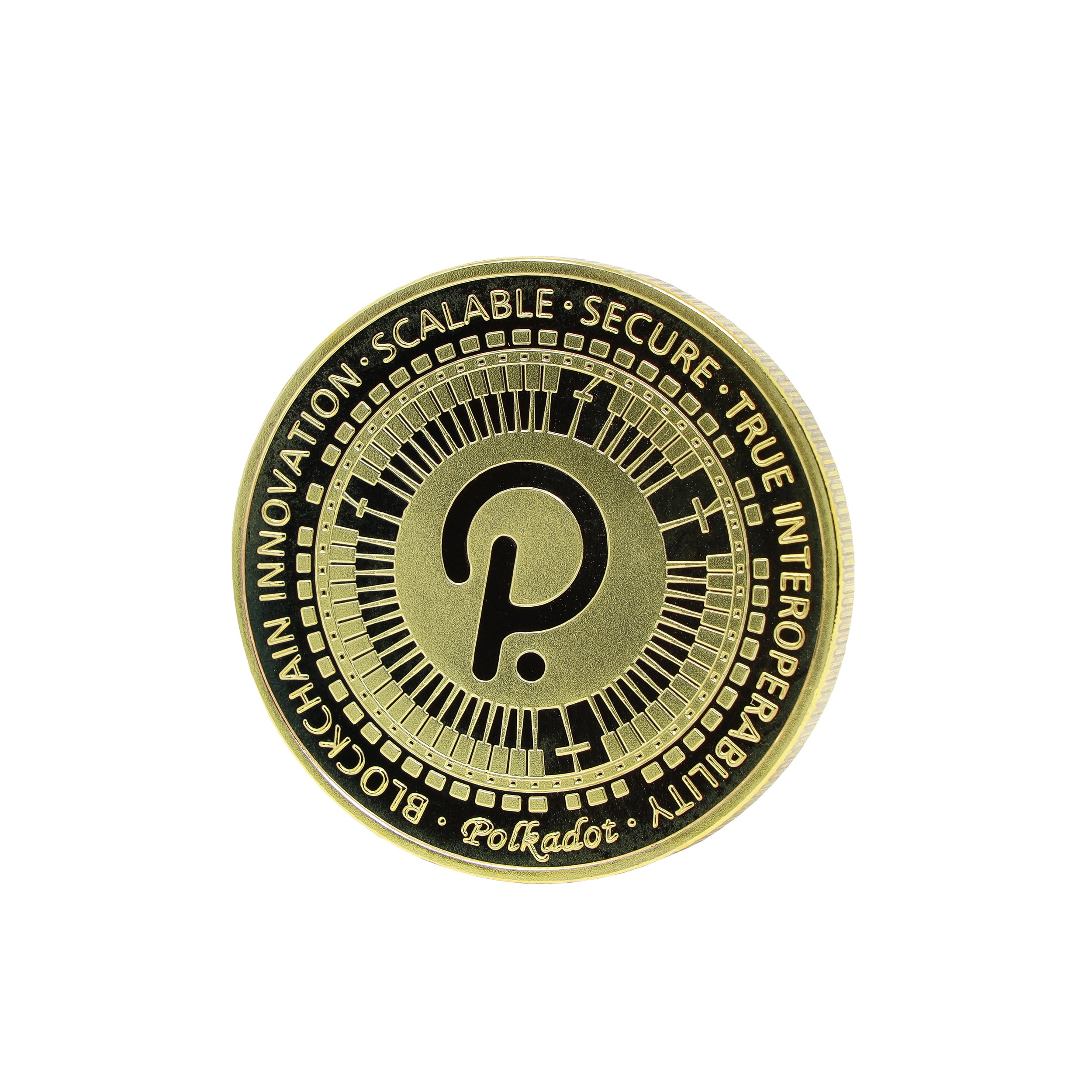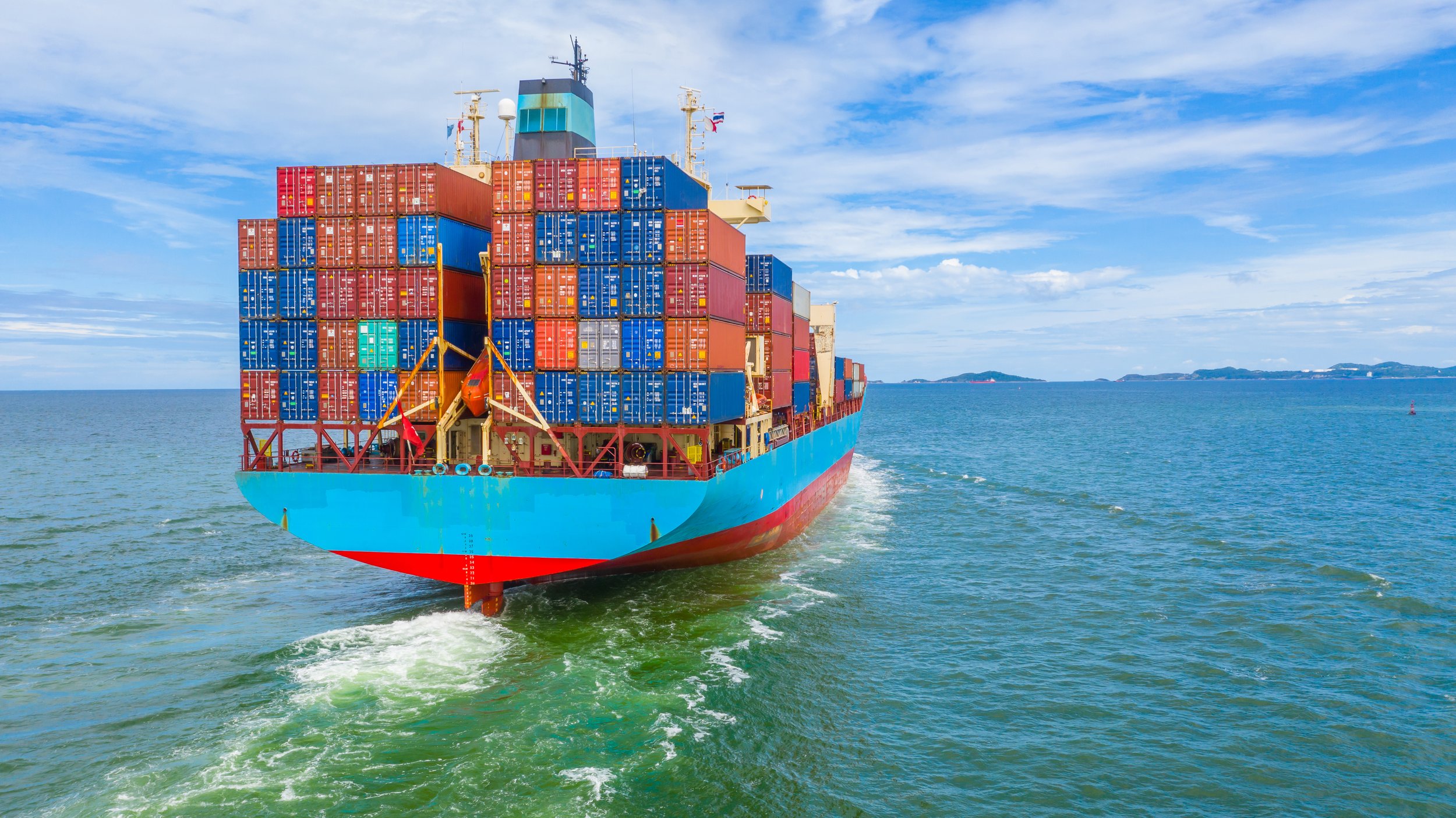Country Summary: Armenia
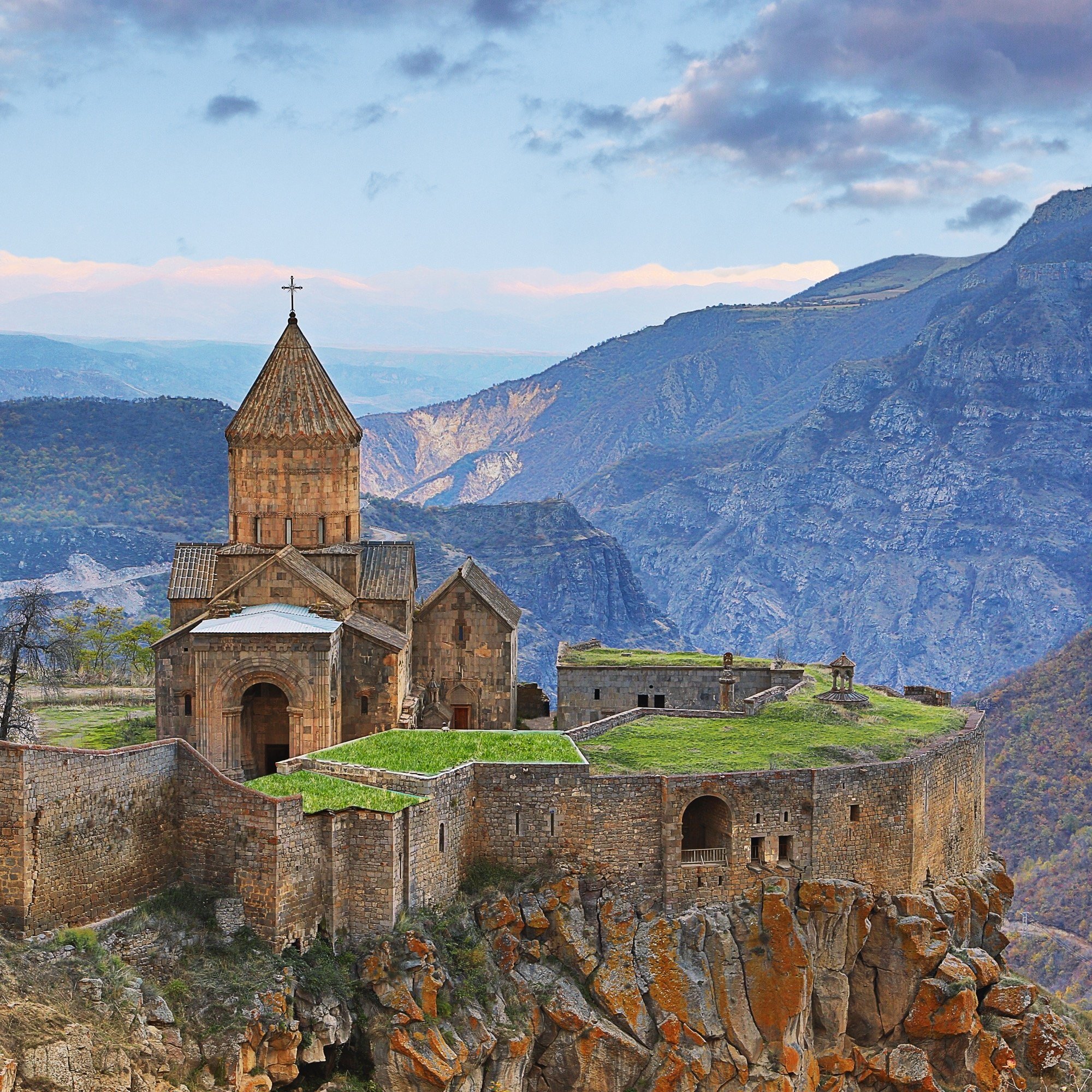
Country Name: Armenia
Capital: Yerevan
Official Visa & Travel Information: Ministry of Foreign Affairs of the Republic of Armenia (Visa Services)
Government Type: Parliamentary Democracy; note - constitutional changes adopted in December 2015 transformed the government to a parliamentary system.
Background: Armenia prides itself on being the first state to formally adopt Christianity (early 4th century). Armenia has existed as a political entity for centuries with varying geographical boundaries and differing levels of political independence, but for much of its history it was under the sway of various empires including the Roman, Byzantine, Arab, Persian, Ottoman, and Russian. During World War I, the Ottoman Empire instituted a policy of forced resettlement coupled with other harsh practices targeting its Armenian subjects, especially those living in the eastern provinces of Anatolia, that resulted in at least 1 million Armenian deaths; these actions have been widely recognized as constituting genocide. During the early 19th century, significant Armenian populations fell under Russian rule as a result of Russian military successes against the Persian (1813) and Ottoman (1828) empires. After the Bolshevik Revolution toppled the last Russian tsar in 1917, Armenia declared its independence in 1918, but was conquered by the Soviet Red Army in 1920. Armenia, along with Azerbaijan and Georgia, was initially incorporated into the USSR as part of the Transcaucasian Federated Soviet Socialist Republic; in 1936, the federated republic was separated into its three constituent entities, which were maintained until the dissolution of the Soviet Union in 1991.
Armenia has a longstanding conflict with neighboring Azerbaijan about the status of the Nagorno-Karabakh region. The region historically had a mixed Armenian and Azerbaijani population, although ethnic Armenians have constituted the majority since the late 19th century. In 1921, Moscow placed Nagorno-Karabakh within Soviet Azerbaijan as an autonomous oblast, a decision that Armenian political leaders and the public repeatedly sought to alter through petitions and complaints, starting in the 1930s. In the late Soviet period, a separatist movement developed that sought to end Azerbaijani control over the region. Fighting over Nagorno-Karabakh began in 1988 and escalated after Armenia and Azerbaijan attained independence from the Soviet Union in 1991. By the time a cease-fire took effect in May 1994, separatists, with Armenian support, controlled Nagorno‑Karabakh and seven surrounding Azerbaijani territories. constituting a total of 14 percent of Azerbaijan’s overall territory. Armenia and Azerbaijan engaged in a second military conflict over Nagorno-Karabakh in September-November 2020, as a result of which Armenia lost control over much of the territory it had captured a quarter-century earlier. Under the terms of a cease-fire agreement signed in November 2020, Armenia returned the territories around Nagorno-Karabakh and some parts of Nagorno-Karabakh to Azerbaijan and accepted the deployment of Russian peacekeepers to the remainder of the region. Armenia’s only remaining territorial connection to Nagorno-Karabakh after 2020 was through the five-kilometer wide Lacin Corridor, which passed through Azerbaijani-held territory and was under the control of Russian peacekeepers.
Turkey closed its common border with Armenia in 1993 in support of Azerbaijan during the first period of conflict with Armenia and has maintained a closed border since then, leaving Armenia with closed borders both in the west (with Turkey) and east (with Azerbaijan). Armenia and Turkey engaged in intensive diplomacy to normalize their relations and open the border in 2009, but the signed agreement was not ratified in either country and became a dead letter in 2018, when Armenia officially withdrew its signature. In 2015, Armenia joined the Eurasian Economic Union alongside Russia, Belarus, Kazakhstan, and Kyrgyzstan. In November 2017, Armenia signed a Comprehensive and Enhanced Partnership Agreement (CEPA) with the EU.
In spring 2018, former President of Armenia (2008-2018) Serzh Sargsian of the Republican Party of Armenia (RPA) tried to extend his time in power by becoming prime minister, prompting popular protests that became known as the “Velvet Revolution.” After Sargsian resigned, the leader of the protests, Civil Contract party chief Nikol Pashinyan, was elected by the National Assembly as the new prime minister on 8 May 2018. Pashinyan’s party has prevailed in subsequent legislative elections, most recently in June 2021.
Region: Eurasia
Population: 2,989,091 (2023 est.)
Ethnic Groups: Armenian 98.1%, Yezidi (Kurd) 1.2%, other 0.7% (2011 est.)
Languages: Armenian (official) 97.9%, Kurmanji (spoken by Yezidi minority) 1%, other 1.1%; note - Russian is widely spoken (2011 est.)
Religions: Armenian Apostolic Christian 92.6%, Evangelical Christian 1%, other 2.4%, none 1.1%, unspecified 2.9% (2011 est.)
Economic Overview: EEU-and CIS-member state but seeking more EU and US trade; business-friendly growth environments; stable monetary regime but vulnerable demand economy; key copper and gold exporter; persistent unemployment; large diaspora and remittances.
Currency: Armenian Dram (AMD)
Reserves of Foreign Exchange & Gold: $3.23 billion (31 December 2021 est.)
Real GDP (Purchasing Power Parity): $39.613 billion (2021 est.); note: data is in 2017 U.S. dollars
Real GDP Growth Rate: 5.7% (2021 est.)
Real GDP per Capita: $14,200 (2021 est.); note: data is in 2017 U.S. dollars
Exports:
$5.012 billion (2021 est.); note: data is in current year U.S. dollars and does not include illicit exports or re-exports
Comparison Ranking: 130
Export Commodities: Copper ore, gold, liquors, iron alloys, and tobacco (2021)
Export Partners: Russia 22%, Switzerland 20%, China 7%, Bulgaria 6%, Iraq 5%, Serbia 5%, Netherlands 5%, Germany 5% (2019)
Imports:
$6.12 billion (2021 est.) note: data is in current year U.S. dollars
Comparison Ranking: 134
Import Commodities: Natural gas, cars, refined petroleum, broadcasting equipment, and diamonds (2019)
Import Partners: Russia 29%, China 10%, Georgia 8%, Iran 6%, Turkey 5% (2019)
Natural Resources: Small deposits of gold, copper, molybdenum, zinc, and bauxite.
Agricultural Products: Milk, potatoes, grapes, vegetables, tomatoes, watermelons, wheat, apples, cabbages, and barley.
Industries: Brandy, mining, diamond processing, metal-cutting machine tools, forging and pressing machines, electric motors, knitted wear, hosiery, shoes, silk fabric, chemicals, trucks, instruments, microelectronics, jewelry, software, and food processing.
Industrial Production Growth Rate:
3.4% (2021 est.)
Comparison Ranking: 114
Labor Force: 1.153 million (2021 est.)
Labor Force By Occupation:
Agriculture: 36.3%
Industry: 17%
Services: 46.7% (2013 est.)
Unemployment Rate: 20.9% (2021 est.)
Natural Hazards: Occasionally severe earthquakes; droughts.
Geography:
Total: 29,743 sq km
Land: 28,203 sq km
Water: 1,540 sq km
(Country Summary, The World Factbook, CIA.gov)
LEGAL, FINANCIAL, & TAX ADVICE DISCLAIMER: The information on SportsLifeMoney’s™ (“SLM”) websites, podcast network, videos, social media accounts, and other platforms (collectively, “SLM Platforms”) is strictly and solely provided for educational and informational purposes only. All of the information and materials on the aforementioned SLM Platforms do not constitute and are not intended to provide legal, financial, accounting, or tax advice, and should not be relied on in that respect. SLM recommends that you consult with an attorney, certified financial advisor, or licensed accountant to answer any legal, financial, or tax questions you may have. SLM also recommends that you consult with an attorney, certified financial advisor, or licensed accountant before making any legal, financial, or tax-related decisions based on content and/or subject matter included and/or discussed on any of the SLM Platforms. Before you act or rely on any information you have heard, read, viewed, and/or listened to on any of the SLM Platforms or communication mediums, SLM recommends that you confirm any and all facts that are important to your decision and that you subsequently consult with an appropriate professional (e.g., attorney, certified financial advisor, certified accountant, etc.) and have them review these facts and also confirm their validity. CAUTION: IF YOU RELY ON ANY INFORMATION, CONTENT, PRODUCT, OR SERVICE FROM ANY OF THE SLM PLATFORMS, YOU DO SO AT YOUR OWN RISK. YOU UNDERSTAND THAT YOU ARE SOLELY RESPONSIBLE FOR ANY AND ALL DAMAGES OR LOSS THAT YOU MAY INCUR THAT RESULTS FROM YOUR USE AND/OR RELIANCE OF ANY OF THE SLM PLATFORMS OR ANY OF THE CONTENT OR MATERIAL OTHERWISE PROVIDED ON ANY OF THESE SLM PLATFORMS. SLM AND ANY AND ALL OF ITS AFFILIATES MAKE NO IMPLIED OR EXPRESS REPRESENTATIONS OR IMPLIED OR EXPRESS WARRANTIES OF ANY KIND REGARDING ANY AND ALL INFORMATION ON ANY OF THE SLM PLATFORMS OR SLM’S AFFILIATE PLATFORMS. SLM AND ITS AFFILIATES WILL NOT BE HELD LIABLE FOR ANY DAMAGES. By continuing to use any of the SLM Platforms, you acknowledge and agree to the aforementioned terms and conditions of this disclaimer and any and all other legally binding terms and conditions set forth in SLM’s Privacy Policy, Terms & Conditions, and other legally binding agreements.
